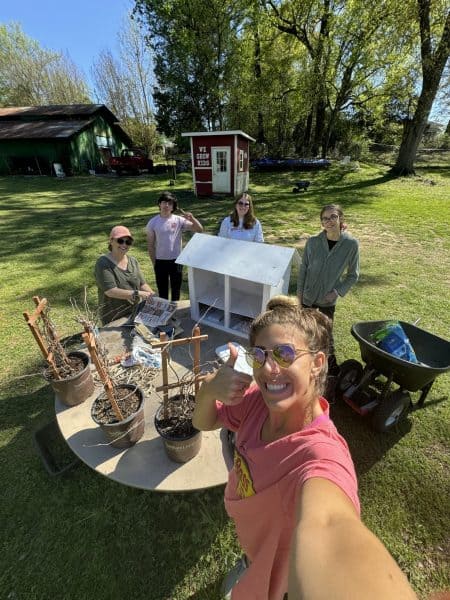The rise of true crime shows affect UA students’ habits
March 24, 2021
Over the past few years, true crime has undoubtedly become one of the most popular television genres. 2020 alone brought along “The Trials of Gabriel Fernández,” season two of “I Am A Killer,” “Forensic Files II” and “Killer Inside: The Mind of Aaron Hernandez.” And that’s just television—the catalog of true crime podcasts and documentaries could more than fill this special edition.
The true crime genre presents its audience with nonfiction stories about criminals and the justice system. This information has proven to be of national interest. But for those who enjoy true crime, it may have an outsized effect on how they see the world.
The theory that watching violent, nonfiction material can cause a distorted world view is called mean world syndrome. Originally conceived by George Gerbner in the 1960s, mean world syndrome is still a widely taught concept today, including on the University’s campus. The theory that watching violent, nonfiction material can cause a distorted world view is called mean world syndrome.
Courtny Franco, an instructor and doctoral student in the College of Communication and Information Sciences, teaches mean world syndrome to large numbers of students in her Mass Communication 101 classes. It is also taught by other departments on campus, including psychology.
“There is quite a lot of literature about it,” Franco said. “This is a valid theory and theoretical framework that you can use in research, and it’s still being researched today.”
Perhaps more than ever, mean world syndrome has enormous potential to affect college students, given the immense popularity of true crime media. And many of the true crime fans who attend events like CrimeCon or go on Jeffrey Dahmer tours are college-aged.
When true crime consumption gets out of hand, a victim of mean world syndrome will begin to think a violent crime could happen to them, even though their fear is outsized in comparison to the likelihood that they ever would be a victim of serious or violent crime.
UA students have a variety of resources on campus to ensure their safety.
The University has a website that indicates what paths are safest to walk on after dark, where the blue phones that directly contact the police are located and where the campus police center is located.
There are University of Alabama Police Department (UAPD) cars located in various locations throughout campus at all times, and students get alerts whenever an incident concerning public safety has been reported.
The University, however, can only do so much to protect students. But even when an incident occurs off campus, students can file an incident report.
Since 2019, UAPD has issued seven off-campus advisories and 10 on-campus advisories. These provide students with notifications when crimes are committed. More often than not, these have to do with robberies rather than extreme or violent crime.
Although UA provides these resources, students still have to take certain precautions to further protect themselves.
Sydney Brennan, a self-proclaimed true crime junkie and a freshman majoring in psychology, said she is very conscious about her safety habits.
“I started watching true crime in my sophomore year of high school because I took a forensic psychology class,” Brennan said. “Now, I lock the door at night. I always carry pepper spray. I share my location with friends. If I’m going out with a guy, I tell my roommate everything I know about him and where I’m going, and when I get in my car, I make sure there’s nobody in the back seat.”
Brennan and her roommate were once asked to help a man in a wheelchair into his car, and although nothing criminal ultimately happened, they took turns switching between watching each other and the surroundings and helping the man help, so they wouldn’t get “Ted Bundy’d.”
On average, criminal behavior in the United States doesn’t occur as frequently as the burst in true crime documentaries may lead some to believe.
“It’s really important to put violent crime in perspective,” said Matthew Dolliver, a criminology and criminal justice professor.
According to the National Crime Victimization Survey (NCVS), less than 2% of people over the age of 12, have been affected by a violent crime.
Dolliver said while 98% of people are not affected by violent crimes, far more people consume violent media, and this is where we see a discrepancy between the few people who are victims of violent crimes and the many who take extreme measures to protect themselves from violent crimes.
Of course, all people should be aware of the potential dangers in their environments. When it comes to accurately assessing the crime climate in your community however, true crime may not be of much help. And it could be causing students unnecessary distress for their safety and their lives.
If you have personally witnessed or been the victim of a crime, please use this form to learn who to contact and how to get any help you may need.











